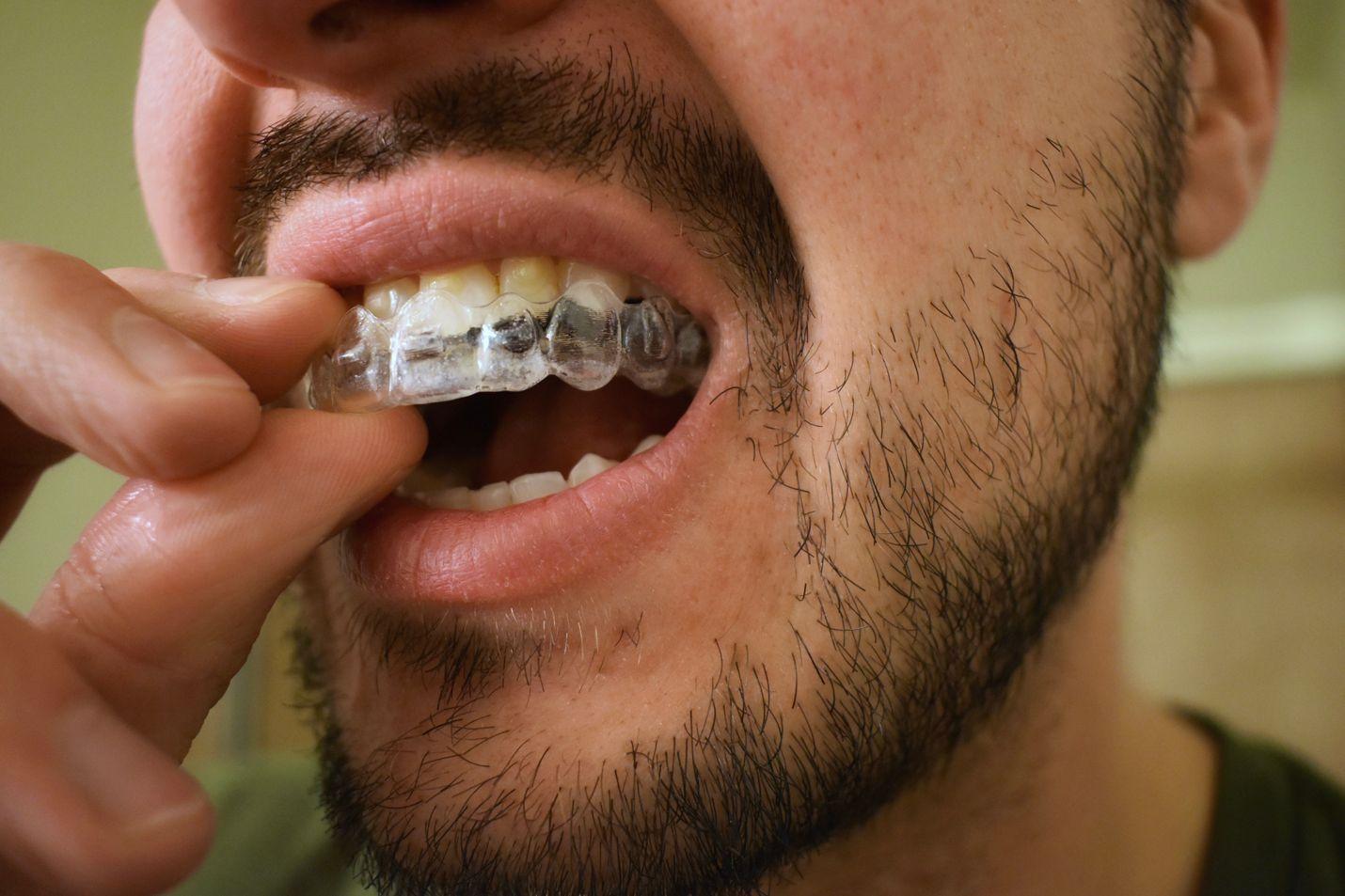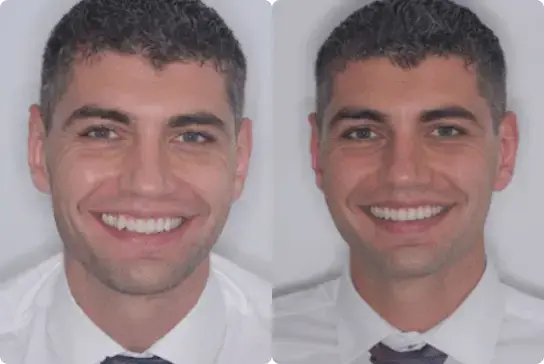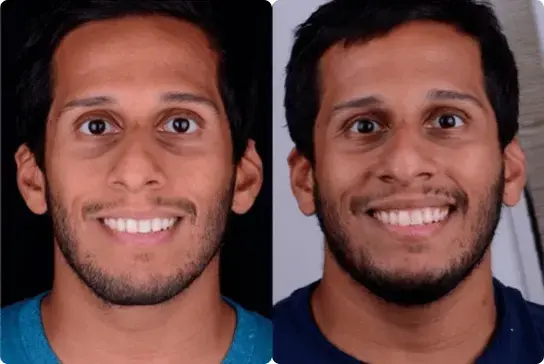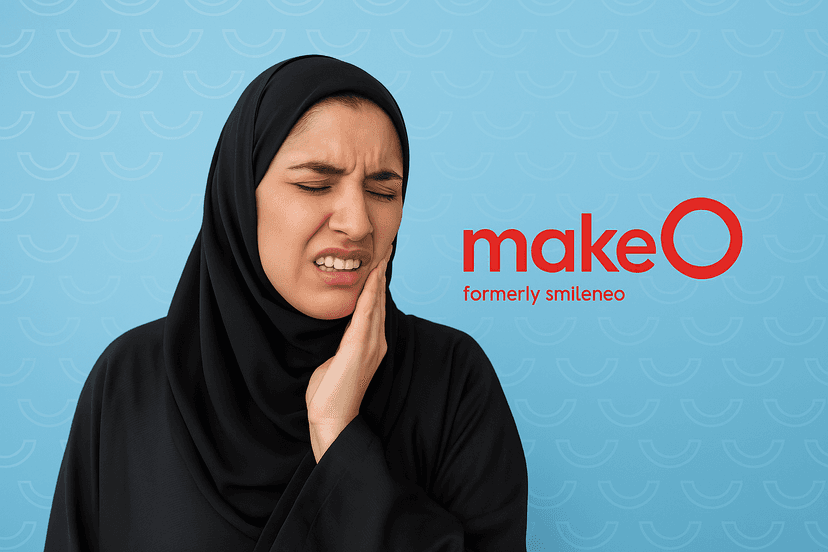
What Causes Teeth to Shift?
1. Aging and Natural Changes
As we get older, our bodies change, and so do our teeth. The lower jaw continues to grow slightly forward, which can cause crowding in the lower teeth. This natural shifting process can make teeth move out of alignment.
2. Tooth Loss
When a tooth is lost due to injury, decay, or extraction, the surrounding teeth begin to move into the empty space. This can lead to misalignment and bite problems. A missing tooth should be replaced as soon as possible to prevent unwanted shifting.
3. Gum Disease
Gum disease weakens the support structures around your teeth, causing them to become loose and shift. If left untreated, gum disease can lead to receding gums, tooth loss, and further misalignment.
4. Grinding and Clenching (Bruxism)
Many people grind or clench their teeth, especially at night. This constant pressure forces teeth to shift, causing bite misalignment, uneven wear, and sometimes even fractures.
5. Orthodontic Relapse
If you’ve had braces before and stopped wearing your retainer, your teeth can start moving back to their original position. This is why retainers are essential to maintain a straight smile.
6. Everyday Habits
Certain daily habits, such as chewing on pens, using your teeth as tools, or even sleeping on your face, can apply pressure on teeth, causing them to shift over time.

Do Teeth Shift Back After Braces?
Yes, they can! This is called orthodontic relapse, and it happens when teeth gradually move back to their previous positions after orthodontic treatment. That’s why wearing a retainer is crucial. Without it, the teeth may shift back, undoing all the hard work of braces or clear aligners for teeth.
How to Stop Teeth from Shifting
While some movement is natural, there are ways to prevent teeth shifting and keep your smile aligned.
1. Wear Your Retainer
If you’ve had braces or invisible teeth braces, your orthodontist probably gave you a retainer. Wearing it as instructed is the best way to keep teeth in place.
2. Maintain Good Oral Hygiene
Brushing and flossing daily helps keep your gums healthy. Healthy gums provide strong support for your teeth, reducing the chances of shifting.
3. Replace Missing Teeth Promptly
If you lose a tooth, talk to your dentist about dental implants, bridges, or dentures to fill the gap and prevent surrounding teeth from moving.
4. Protect Your Teeth from Grinding
If you grind or clench your teeth, a custom night guard can help protect them from excessive pressure and movement.
5. Avoid Harmful Habits
Stop using your teeth to open bottles or chew on hard objects. Even habits like nail-biting can cause slight movements over time.
6. Consider Clear Aligners for Teeth
If your teeth have already shifted, clear aligners for teeth can help gently move them back into alignment. Unlike traditional braces, invisible teeth braces are discreet and comfortable to wear.
Final Thoughts
Teeth naturally shift over time, but with proper care, you can keep them in place. Whether you’re noticing your teeth moving slightly or experiencing major alignment changes, early action is key. Aligning teeth with orthodontic treatment, wearing retainers, and maintaining oral hygiene can all help preserve your smile. If you’re worried about shifting teeth, consult your dentist or orthodontist to explore solutions like clear aligners for teeth and other corrective options.
Your smile is worth protecting - so take the right steps today to keep it straight and healthy for years to come!









